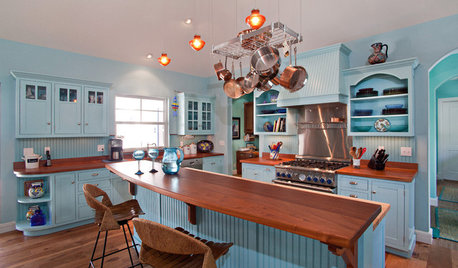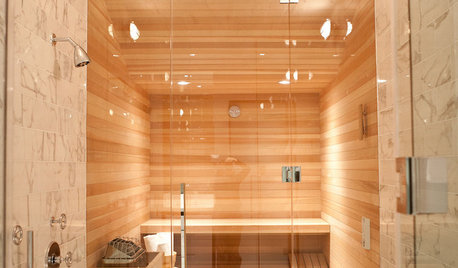When should a 15-amp breaker trip?
kylie_m
17 years ago
Featured Answer
Sort by:Oldest
Comments (32)
bigbird_1
17 years agokylie_m
17 years agoRelated Professionals
Bound Brook General Contractors · Bryan General Contractors · Halfway General Contractors · Martinsville General Contractors · Redding General Contractors · Wolf Trap General Contractors · Brooklyn Center Solar Energy Systems · Carson Solar Energy Systems · Lake Mary Solar Energy Systems · Atlanta Home Automation & Home Media · Danville Home Automation & Home Media · Irvine Home Automation & Home Media · Manhattan Home Automation & Home Media · Ocala Home Automation & Home Media · Potomac Home Automation & Home Mediamike13
17 years agobigbird_1
17 years agobrickeyee
17 years agokylie_m
17 years agoDavidR
17 years agobrickeyee
17 years agopetey_racer
17 years agokudzu9
17 years agokylie_m
17 years agobrickeyee
17 years agokylie_m
17 years agobigbird_1
17 years agoperel
17 years agosolarpowered
17 years agoDavidR
17 years agokylie_m
17 years agogggh
17 years agosolarpowered
17 years agobrickeyee
17 years agomike13
17 years agomike13
17 years agokylie_m
17 years agopjb999
17 years agogreg_h
17 years agobigbird_1
17 years agocoolvt
17 years agokylie_m
17 years agoDavidR
17 years agoTim Ramich
4 years ago
Related Stories

KITCHEN DESIGNKitchen Confidential: Amp Up Your Storage With Pullouts
See 12 types of cabinet pullouts that make your cooking and cleaning items easier to find and use
Full Story
KITCHEN DESIGNHere's Help for Your Next Appliance Shopping Trip
It may be time to think about your appliances in a new way. These guides can help you set up your kitchen for how you like to cook
Full Story
TRAVEL BY DESIGNHouzz TV: Take a Leaf-Peeping Road Trip in New England
Ride along with a Houzz contributing photographer to see gorgeous autumn eye candy from New York to New Hampshire
Full Story
LIFEWhen Your Tastes Clash: How to Design and Decorate as a Couple
Want to keep the peace? Work with both of your styles when remodeling, decorating or building new, for a home that feels right to all
Full Story
MOST POPULARThanksgiving Tales: When the Turkey Tanks
Houzz readers prove adept at snatching victory from the jaws of entertaining defeat
Full Story
SELLING YOUR HOUSEFix It or Not? What to Know When Prepping Your Home for Sale
Find out whether a repair is worth making before you put your house on the market
Full Story
DECORATING GUIDESHow to Decorate When You're Starting Out or Starting Over
No need to feel overwhelmed. Our step-by-step decorating guide can help you put together a home look you'll love
Full Story
KITCHEN DESIGN9 Questions to Ask When Planning a Kitchen Pantry
Avoid blunders and get the storage space and layout you need by asking these questions before you begin
Full Story
BATHROOM DESIGN15 Ways to Warm Up Your Bathroom for Winter
Keep the chill away in body and spirit with everything from warm colors to high-end bathroom features
Full Story
DECORATING GUIDES15 Home Ideas Fit for a Crowd
Spend less time corralling chaos and more time enjoying family togetherness with this advice from someone who's been there
Full Story








dennisgli